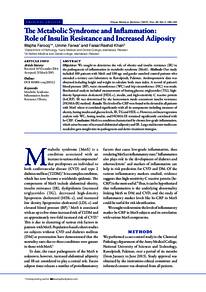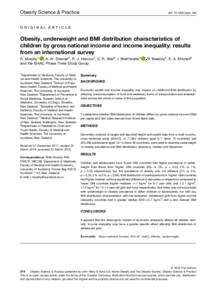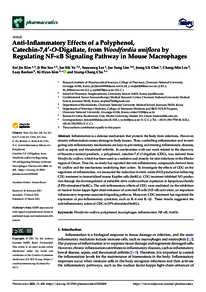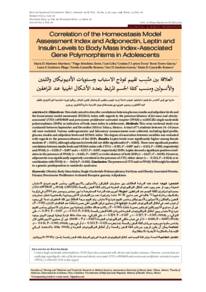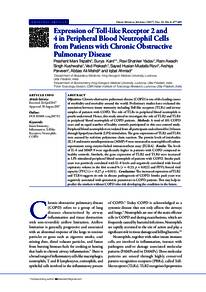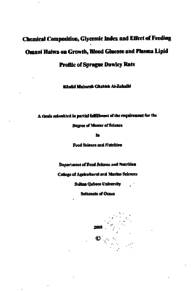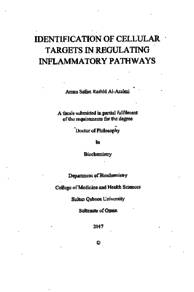Document
The metabolic syndrome and inflammation : role of insulin resistance and increased adiposity.
Identifier
DOI 10.5001/omj.2015.22
Contributors
Farwa, Umme., Author
Khan, Faisal Rashid., Author
Publisher
Oman Medical Specialty Board.
Gregorian
2015-03
Language
English
English abstract
Objectives: We sought to determine the role of obesity and insulin resistance (IR) in the pathogenesis of inflammation in metabolic syndrome (MetS). Methods: Our study included 100 patients with MetS and 100 age and gender matched control patients who attended a tertiary care laboratory in Rawalpindi, Pakistan. Anthropometric data was obtained including height and weight to calculate body mass index. A record of patient's blood pressure (BP), waist circumference (WC) and hip circumference (HC) was made. Biochemical analysis included measurements of fasting glucose, triglycerides (TG), high-density lipoprotein cholesterol (HDL-c), insulin, and high-sensitivity C reactive protein (hsCRP). IR was determined by the homeostasis mode assessment insulin resistance (HOMA-IR) method. Results: The levels of hs-CRP were found to be elevated in all patients with MetS where it correlated significantly with all its components including measures of obesity, fasting insulin and glucose levels, IR, TG and HDL-c. However, on linear regression analysis only WC, fasting insulin, and HOMA-IR remained significantly correlated with hs-CRP. Conclusion: MetS is a condition characterized by chronic low-grade inflammation, which arises because of increased abdominal adiposity and IR. Large multicenter studies are needed to gain insight into its pathogenesis and derive treatment strategies.
Member of
Resource URL
Citation
Farooq, Wajiha, Farwa, Umme, & Khan, Faisal Rashid (2015). The metabolic syndrome and inflammation : role of insulin resistance and increased adiposity. Oman Medical Journal, 30 (2), 100-103.
Category
Journal articles

